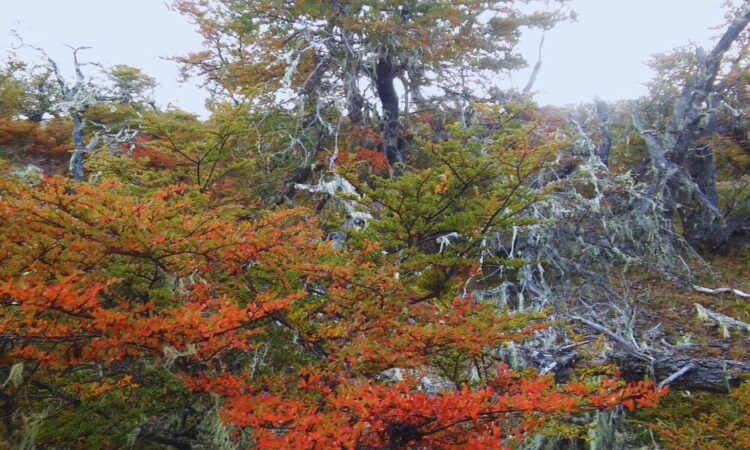
Patagonia Argentina | Researchers assert that the native forests of Ñire are resistant to climate change
The response capacity and vulnerability of forests to drought and climate change vary between different biomes. Knowing the responses of trees to drought provides key information about forest resilience and changes in species distribution. We share the analysis of specialists from INTA Argentina, Pablo Peri.
The ñire is a native forest species that adapts to a wide variety of environmental conditions, it is found both in places with excess humidity and in dry places. This determines its wide distribution throughout Patagonia.
For this reason, a research team - made up of specialists from Argentina and Chile - carried out an investigation to find out the response of the Ñires (Nothofagus antartica) in the face of a climate change scenario. In this sense, the researchers tested the hypothesis that populations of trees that thrive in dry environments are more resistant to drought than those that grow in humid places.
Pablo Peri, coordinator of the INTA National Forest Program and one of those responsible for the research, pointed out that “the Nothofagus antartica forests were evaluated in an annual precipitation range of 500 to 2000 millimeters of rain,” and specified that at this analysis added “data on drought events in recent decades.”
“The ñire trees were not significantly affected in their growth, which indicates that it is a species that adapts to climate change events, increasing the efficiency of water use,” added Peri.
To understand the response of ñire forests to drought, the researchers determined temporal trends in radial trunk growth in 12 populations located along a strong precipitation gradient (annual precipitation of 500–2000 mm) in Chile and Argentina. .
Using dendrochronological methods, models were fitted to predict the annual increase in basal area as a function of year and drought.
They also measured carbon and oxygen isotope signals and estimated intrinsic water use efficiency to provide possible physiological causes for tree growth responses to drought.
The work demonstrates that all populations, regardless of site humidity, showed an increase in their intrinsic water use efficiency in recent decades, a trend that seems to be explained by an increase in photosynthetic rate rather than induced stomatal closure. because of the drought.
For Peri, “the absence of negative effects induced by drought on the growth of ñire trees in a tree species with a wide niche breadth is promising because it could be related to the mechanisms that tree species have to face drought events. drought".
In this sense, the researcher pointed out that "in the work we suggest that the drought resistance of Nothofagus antartica could be attributed to its short stature and relatively low growth rate."
The INTA, the Austral Center for Scientific Research (CADIC), the National Council for Scientific and Technical Research (Conicet), the University of Talca, the Patagonian Ecosystem Research Center (CIEP), the Pyrenean Institute of Ecology (IPE-CSIC) participated in the work. ), Spain Institut für Geographie, Friedrich-Alexander-Universität, Erlangen-Nürnberg.
The work “ 𝑙𝑒𝑠 𝑑𝑒 𝑛̃𝑖𝑟𝑒 𝑟𝑒𝑙𝑎𝑐𝑖𝑜𝑛𝑎𝑑𝑜 𝑎𝑙 𝑐𝑎𝑚𝑏𝑖𝑜 𝑐𝑙𝑖𝑚𝑎́𝑡𝑖𝑐𝑜” was published in the international journal Annals of Botany and is available at https://academic.oup.com/aob/article/131/6/941/7095679

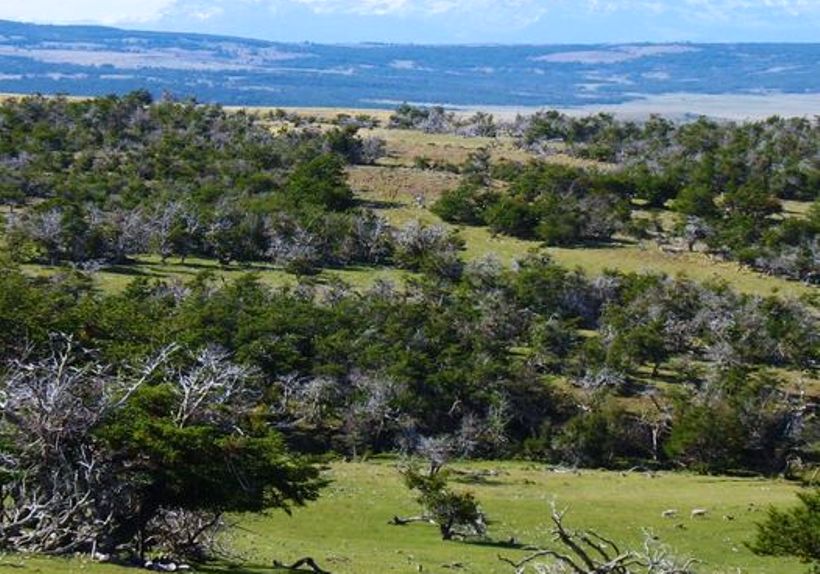

IT MAY INTEREST YOU
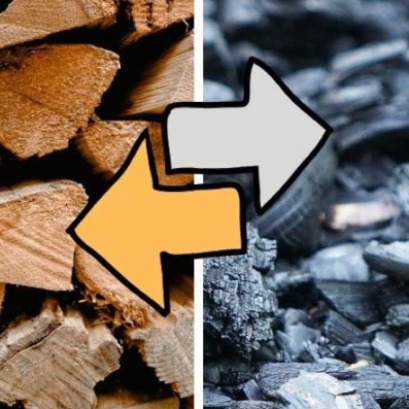 Canadian researchers make biochar from wood waste that rivals steel in strength
Canadian researchers make biochar from wood waste that rivals steel in strength
Researchers at the University of Toronto have developed monolithic biochar from wood that can reach an axial hardness of up to 2.25 GPa, similar to mild steel.
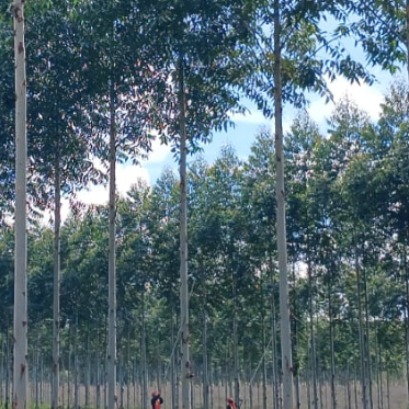 Paraguay | The plantations became instruments of territorial development and the generation of decent employment, INFONA highlights.
Paraguay | The plantations became instruments of territorial development and the generation of decent employment, INFONA highlights.
Plantings in different phases, control of ants and weeds, pruning and thinning, mechanized harvest, technology applied to the field and complete integration of the production cycle were part of the CREA Forestal proposal in its Technical Update Conference – JAT Forestal 2025. The event took place on Friday, November 14, at Estancia Ñemity, located in San Juan Nepomuceno, Caazapá, where agricultural producers, technicians, contractors, students and companies in the sector met to observe the forestry business of the future in action.
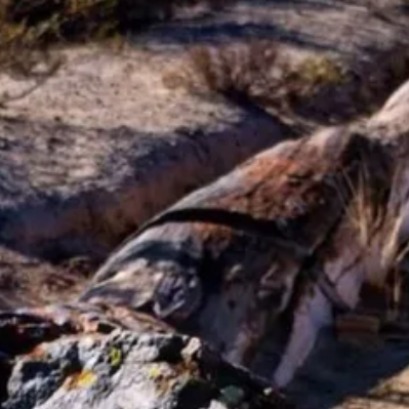 The forest of the oldest shadows: the story of the petrified trees
The forest of the oldest shadows: the story of the petrified trees
One of the natural treasures of Río Negro turns 23 years old under the protection law that allows its conservation. Where it is and how it was formed. Río Negro celebrates 23 years of conservation in the petrified forest as a Protected Natural Area (ANP). It is a space of 625 hectares that protects an exceptional site of fossil trunks that date back more than 60 million years.





















